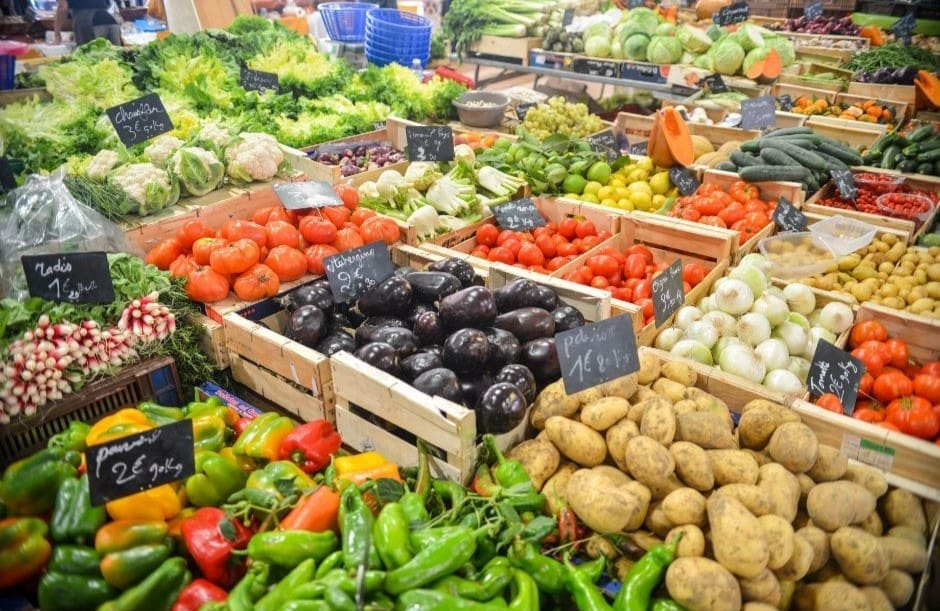Representatives from a program that provides nutrition education to low-income families report that nearly 3 in 10 Kansans eligible for food assistance are not using the benefits available to them.
Chuckie Hessong, a regional specialist for the Kansas Supplemental Nutrition Assistance Program Education (SNAP-Ed), explained that 71% of eligible Kansas families participate in the program, below the national average of 82%.
SNAP-Ed is a federally funded program that, in 2023, supported about 42 million people in nearly 22 million U.S. households, according to the U.S. Department of Agriculture. In Kansas, the program is managed by K-State Research and Extension, in collaboration with the Kansas Department for Children and Families. Local staff work with various community organizations, including health departments, schools, food banks, and churches.
Nationally, the U.S. government spent $112.8 billion on SNAP benefits in 2023, with Kansas participants receiving around $183 per month. SNAP benefits help reduce food insecurity, which affects around 351,090 Kansans, including more than 120,000 children.
Hessong emphasized that SNAP-Ed staff use a multi-faceted approach to raise awareness about the SNAP-Gap in Kansas, assist food pantries, and ensure that local stores and farmers markets accept SNAP benefits. The program also offers educational resources, such as food budgeting, cooking, nutrition, and physical activity classes for adults and children in schools where many students receive free or reduced-cost meals.













